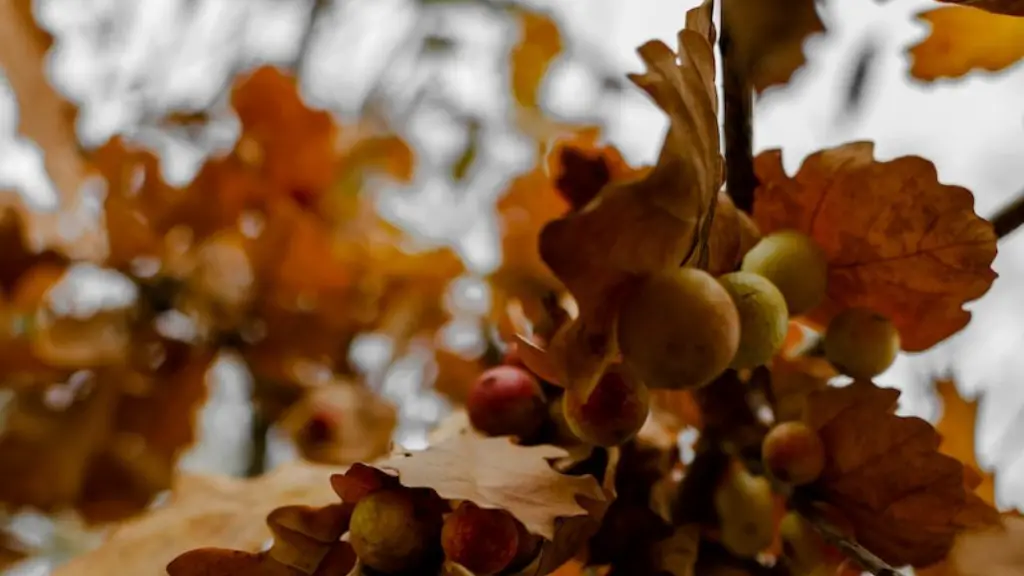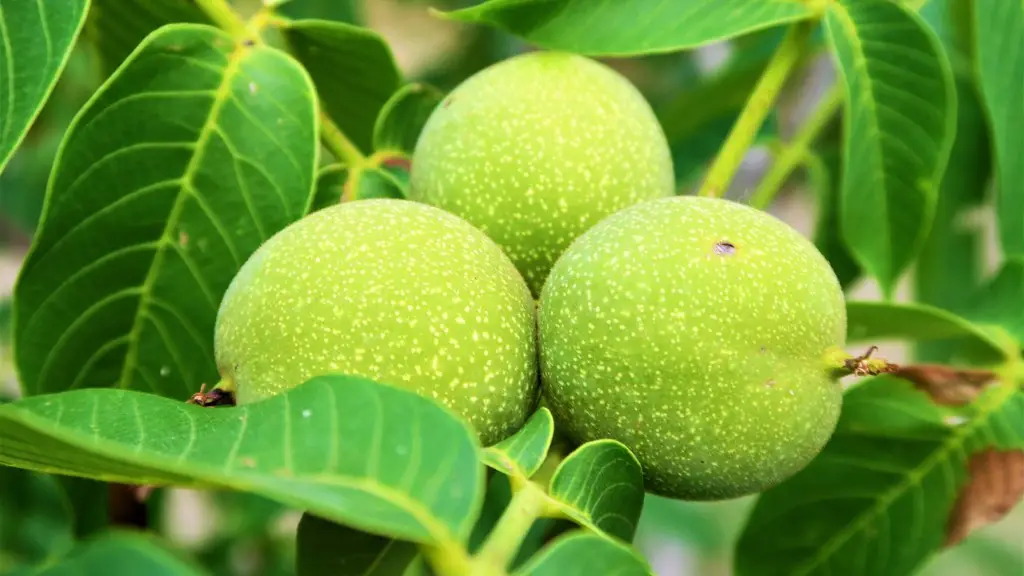Identifying Species
Palm trees are one of the most visually striking plants in any environment, whether in tropical climates or in more temperate areas. Knowing what type of palm tree you have is of value when landscaping, caring for your tree, or simply understanding the identification of your species. Gaining an appreciation and understanding of your palm tree is an immensely satisfying experience.
When trying to determine the type of palm tree you have, as a first step you should look at the size and shape of the leaves. All palm tree species have leaves that are split into several segments or leaflets (although some are divided further). Generally, the longer the leaflets are, the more divided the leaves are. The shape of the leaflets is also important, as it will tell you the species of the tree.
Certain palm tree species will only grow to be a certain height, such as 15-25 feet for the date palm. Knowing the height of the tree can help you determine the type of palm you have. Furthermore, the flowers of each species have a characteristic shape and smell, which also helps to identify the tree.
Country of Origin
Each palm tree species has its own native habitat, so another way of identifying what type of palm tree you have is to work out from where it originated. If your palm tree is from Asia, for example, it could be one of the Asian feather palms, or it could be a fishtail palm, depending upon where in Asia it comes from. Knowing the country of origin of the palm will help in the identification process.
Examine the Bark
The type of bark your palm tree has can aid in identification. Most species of palm trees have smooth grayish-brown bark that might have various bumps and pockmarks. Some species, such as the queen palm, have smooth, dark-gray bark that doesn’t have any bumps. Furthermore, some palm trees have scaly bark which helps to identify the tree.
Check for Spurs
Spurs are pointed projections arising from the trunk of some species. They can help identify the species. For example, the silver date palm has spurs at the base of the fronds, and the spurs help to distinguish it from other species. Another example is the fishtail palm, which has little spines along the petiole and sheath of the leaves.
Inspect Fruit
Fruit can also help determine what type of palm tree you have. Certain species of palm trees, such as the coconut and the dwarf palmetto, have distinct fruits. The coconut has elliptical, hairy, and fibrous green fruit, while the fruit of the dwarf palmetto is small and round, and covered with a scaly covering.
Trunk Features
The trunk of a palm tree can also help identify it. Different species of palm trees have different characteristics. For example, the canary island date palm has a single unbranched trunk, while the pindo palm has a trunk that is twisted, and the queen palm has an unbranched trunk that is about 6 inches in diameter. It is important to take into account each feature such as the length, width, hairiness and thickness of the trunk.
Consult an Expert
If you are still unable to determine the type of palm tree you have, perhaps the best option is to consult an expert. A qualified horticulturist or tree expert can help to identify the species of your palm tree. They have access to many tools, such as books and databases, which can help them easily identify the species of your tree. This can also be a great way to learn more about the species and its characteristics.
Factors to Consider
When determining what type of palm tree you have, there are several factors to consider. Firstly, look at the size and shape of the leaves, as well as the flowers. Secondly, consider the palm tree’s native habitat and the bark of the tree. Thirdly, check for any spurs, and examine the fruit. Lastly, you should inspect the trunk of the tree and its characteristics. If you are still unsure, consider seeking out an expert in the field.
Digging Into The Palm’s History
When seeking out to identify what type of palm tree you have, it is also ingenuous to dig into the palm tree’s history. There are many different stories, legends and anecdotes about the palm world that can be enriching and insightful. It is also good to gain a greater understanding of the various species that make up the genus and each of their individual uses. Many palms are now endangered, so it is vital to understand how to properly care for each species, and to recognize the need to save and protect certain species.
Associate Meaning
Knowing the type of palm tree you have can also bring a great deal of joy and personal satisfaction. Each species carries its own history and meaning, and allows for an associated connection and inspiration. Palm trees have been around for centuries, and their symbolic values have been described in many cultures. They are frequently associated with peace, strength, and clarity, and are a natural source of protection and refuge.
Advantageous Properties
In addition to the symbolic and historical part of palm trees, they are known to have many advantageous properties. Certain species can actually help reduce air pollution, stabilize temperatures, and promote soil conservation. Additionally, they can provide food and shelter to creatures, and can promote the conservation of land and water.
Sacred Connections
Palm trees also have spiritual and metaphysical properties. Many believe that palm trees are deeply connected to our higher self, and that they help to provide energy and bring forth emotion. It is said that they can bring a spark to our creativity and spiritual connection.
Interact with Nature
Identifying what type of palm tree you are lucky enough to share your environment with is a wonderful way to gain a deeper understanding and appreciation for nature. It can also be beneficial to find out about the ways of caring for each species, since not all palm trees require the same amount of care.



